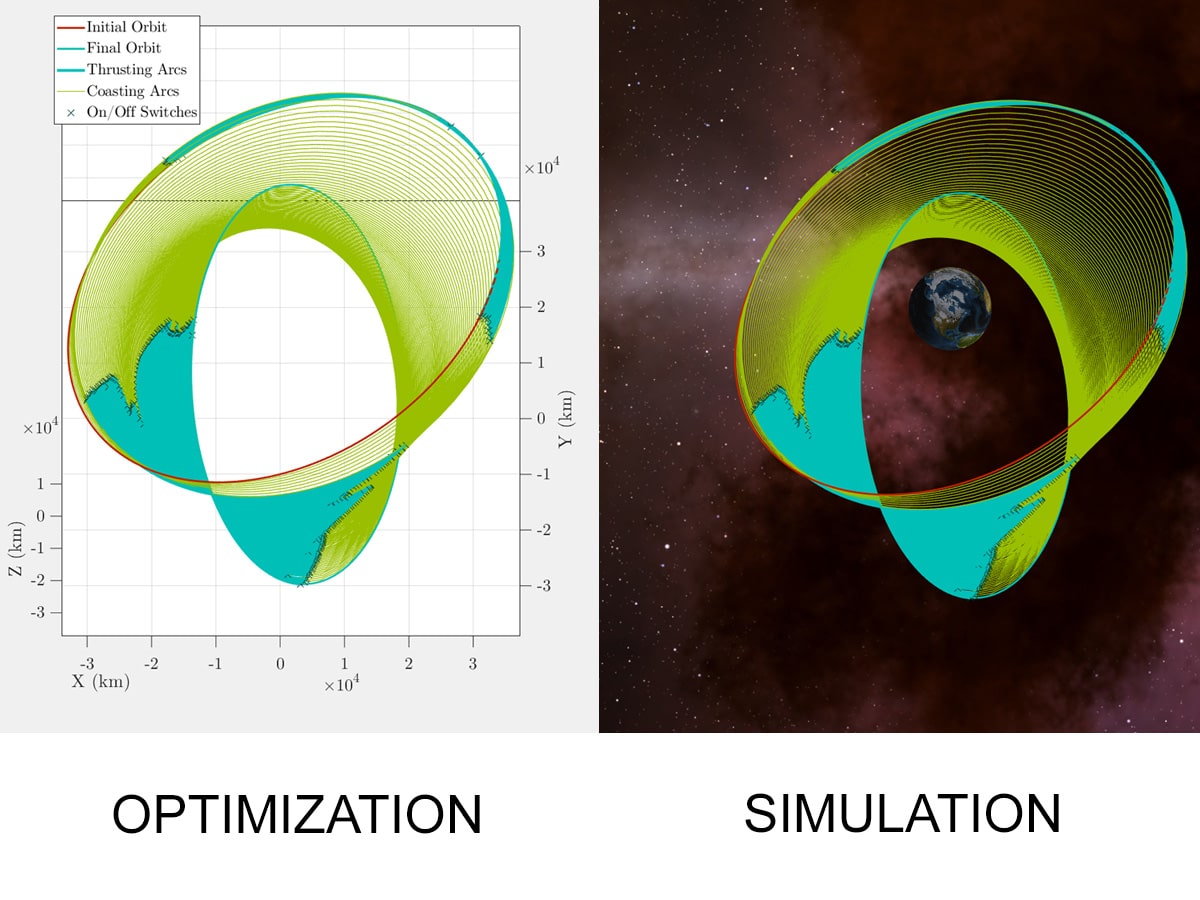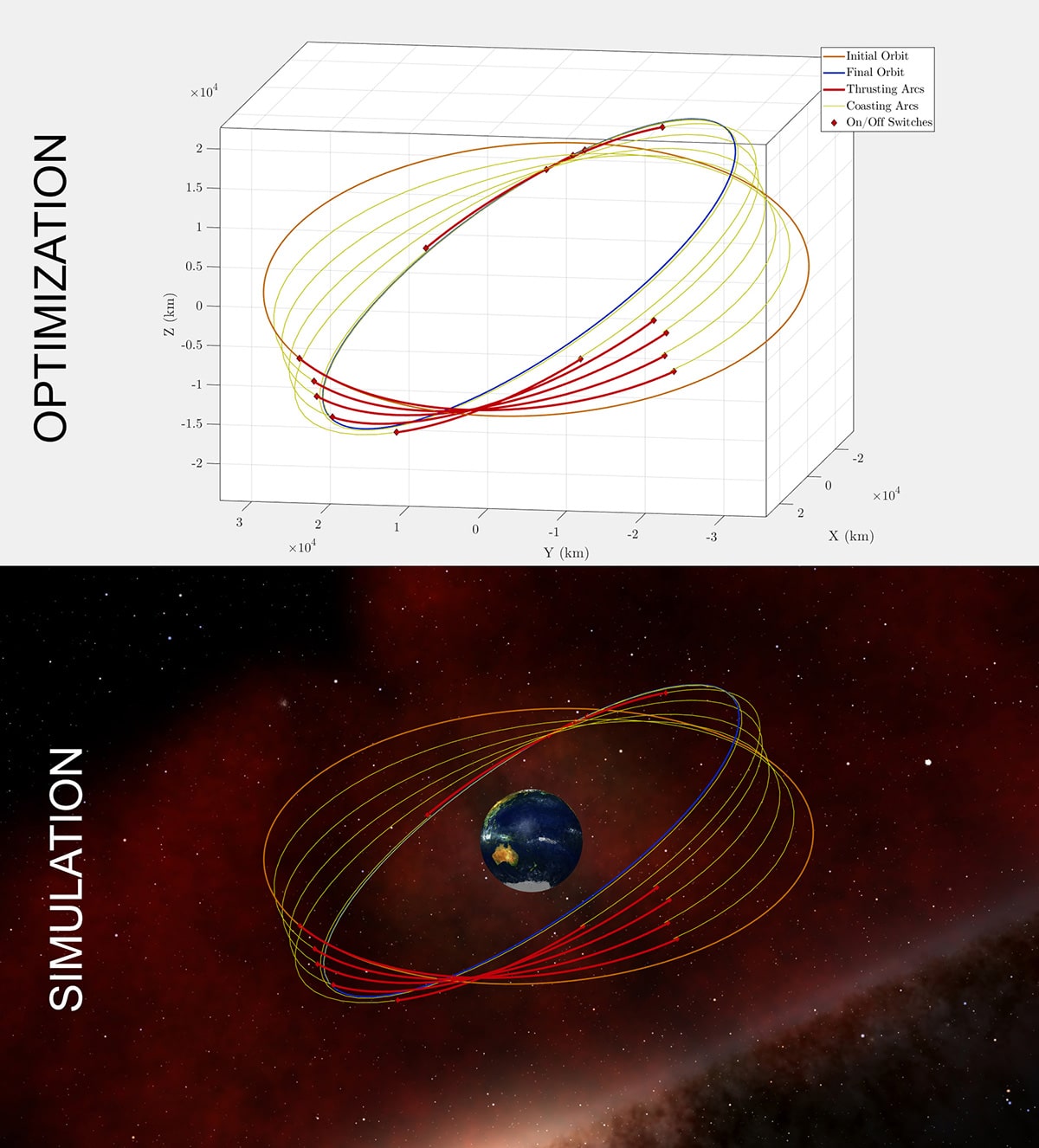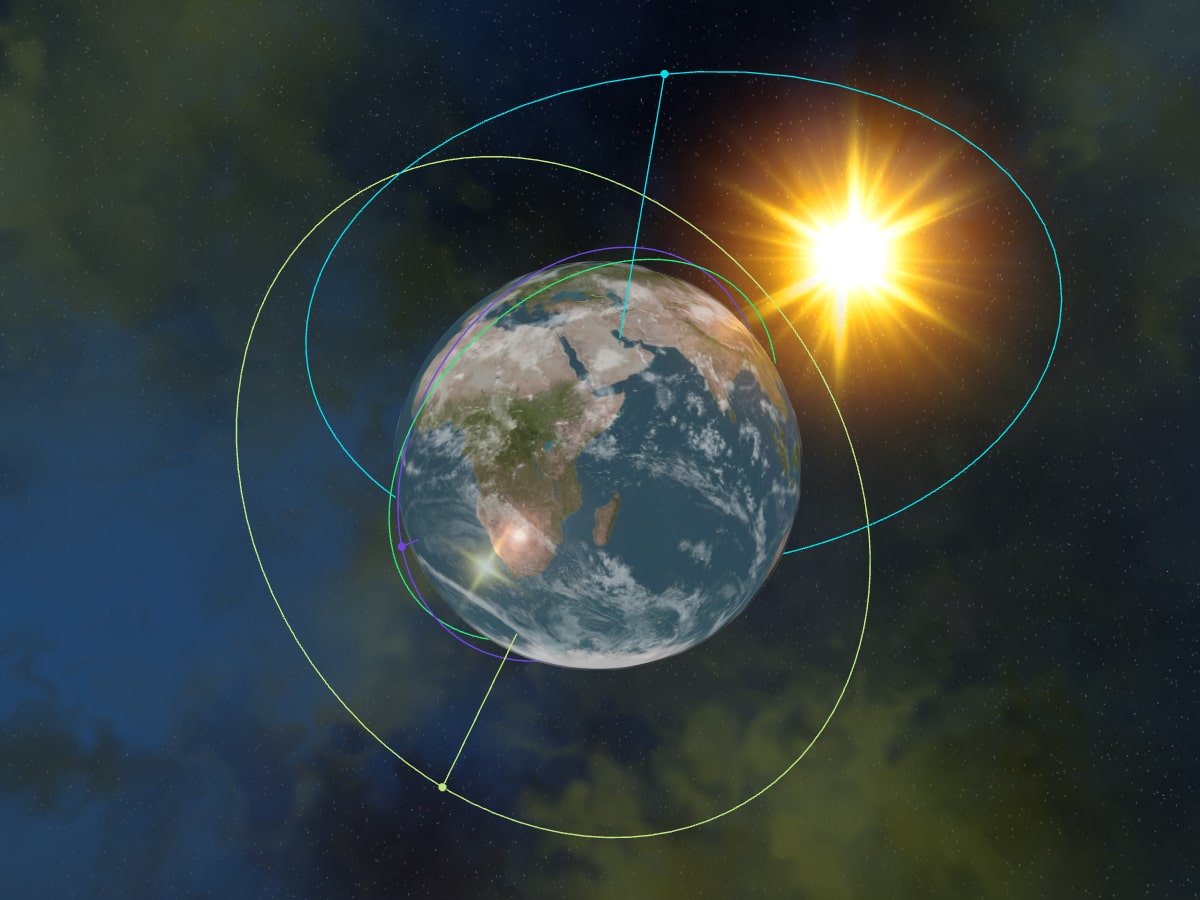
Date: Thursday, Jan 18th 2024, 14:36
In a groundbreaking development, Zerua Tech unveils state-of-the-art solutions tailored for simulating space orbits. Representing a leap forward in space exploration technology, these cutting-edge solutions promise to revolutionize our understanding of orbital dynamics and pave the way for future missions beyond Earth's atmosphere.
Space simulation has evolved from basic trajectory calculations to sophisticated computer models capable of simulating complex space missions with remarkable accuracy. These simulations continue to play a crucial role in advancing space exploration and ensuring the safety and success of astronauts and spacecraft.
The rise of the commercial space industry has further driven advancements in space simulation. Zerua Tech has recently advanced its capabilities in providing high-performance simulation software and framework for spacecraft design, launch operations, and mission planning for commercial satellite deployments and crewed missions.
The developed simulation platform provides a controlled environment for testing spacecraft designs and systems, allowing engineers to identify potential issues and optimize performance before deployment. This process saves both time and resources by reducing the need for physical prototypes and extensive trial-and-error testing.
Simulation in space engineering offers numerous advantages, significantly impacting the efficiency, safety, and success of missions. It enables engineers to explore a wide range of scenarios and parameters, including those that may be difficult or impossible to replicate in real-world conditions. This capability is invaluable for mission planning, trajectory optimization, and the development of contingency plans to address unforeseen events.

Furthermore, simulations play a crucial role in risk mitigation by allowing engineers to assess the safety and reliability of spacecraft systems under various conditions. By identifying and addressing potential failure points early in the design process, simulations contribute to minimizing the risk of mission failure and ensuring the overall success of space missions.
Additionally, simulation serves as a powerful educational tool for training astronauts and mission personnel, providing them with hands-on experience in operating spacecraft systems and responding to simulated emergencies in a safe and controlled environment. Overall, simulation is integral to the entire lifecycle of space missions, from design and development to operation and beyond. Its ability to facilitate thorough testing, scenario exploration, risk mitigation, and training makes it an indispensable tool in space engineering.





